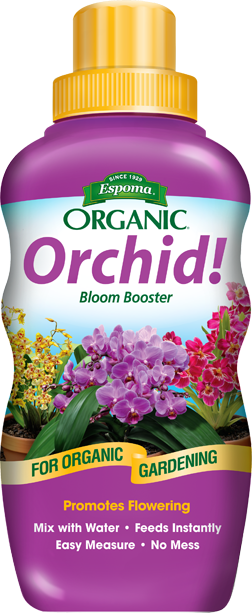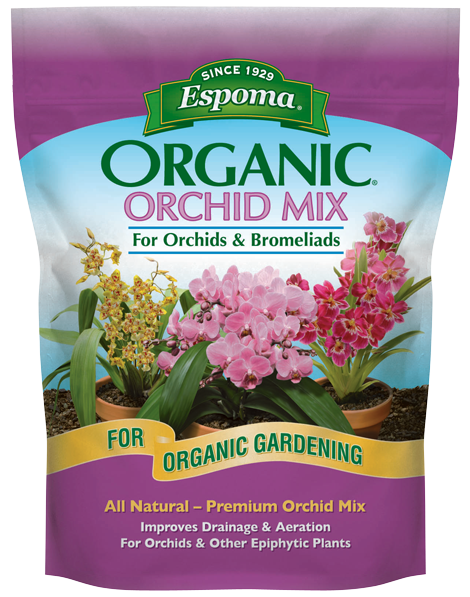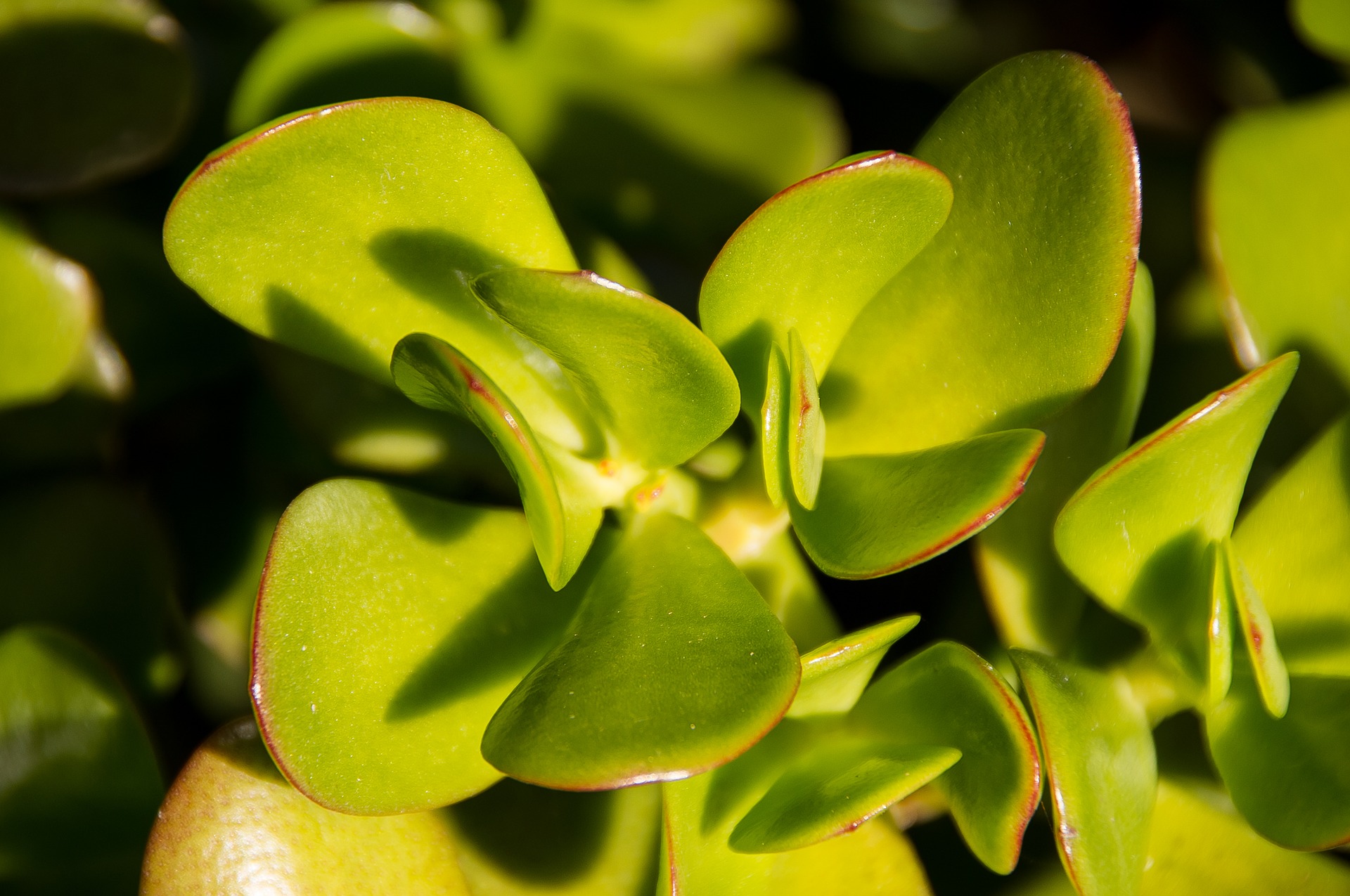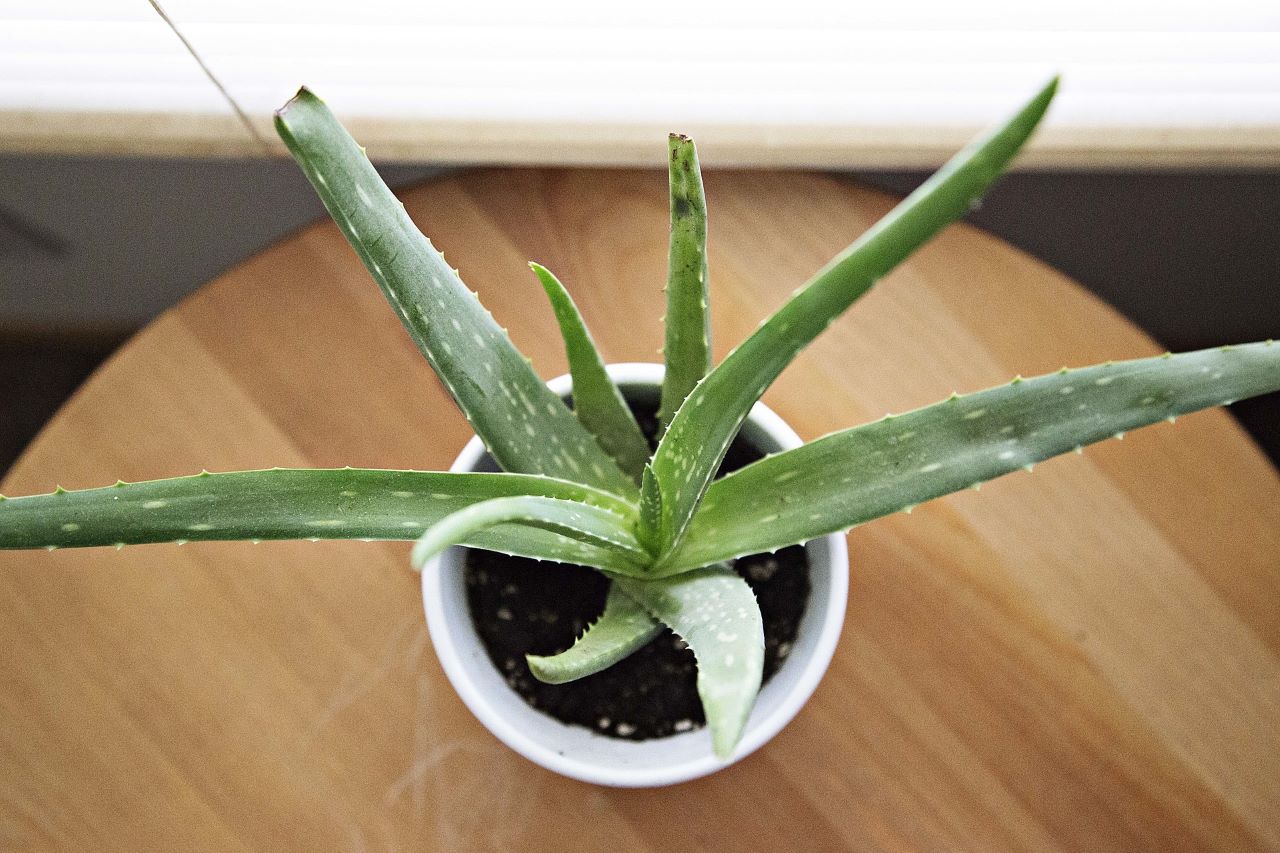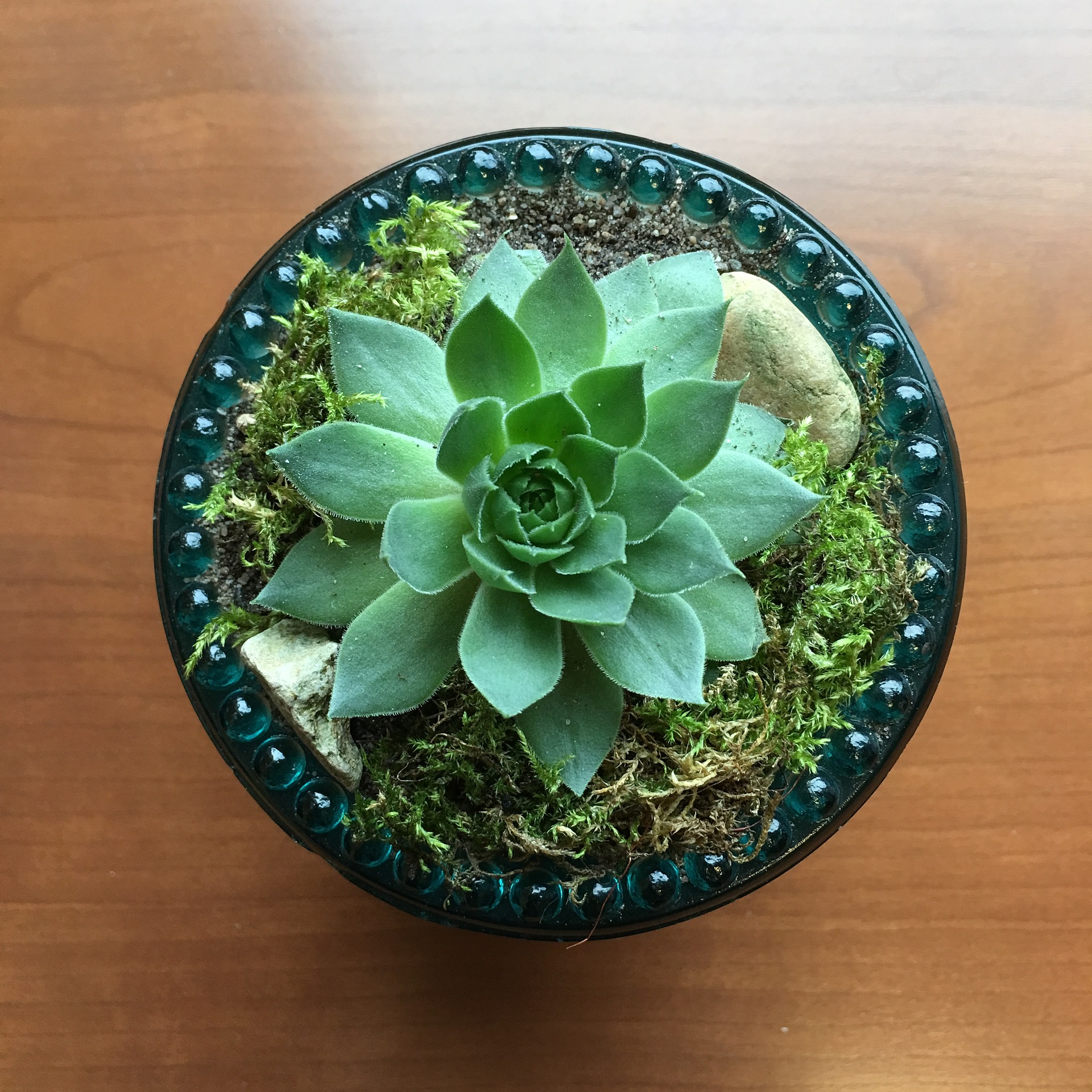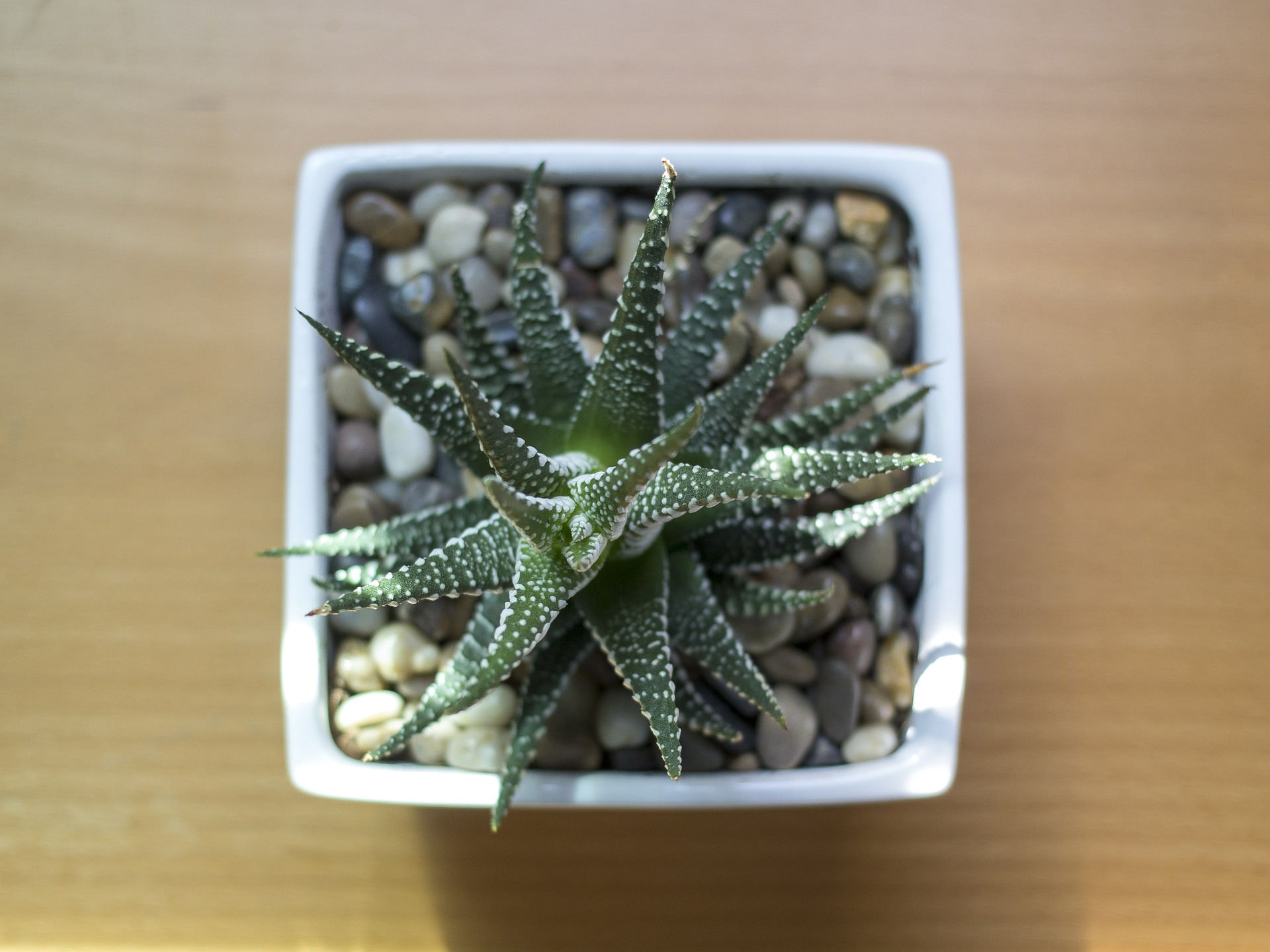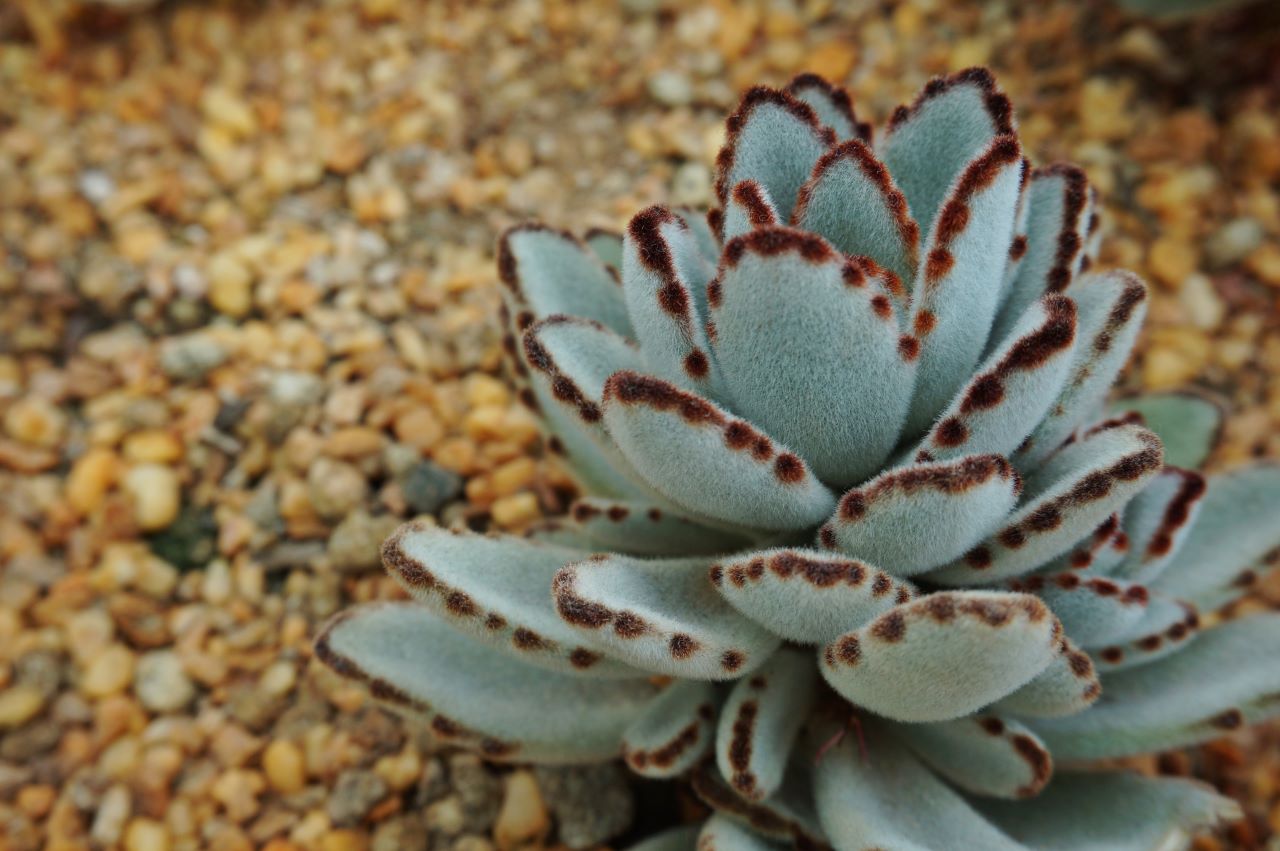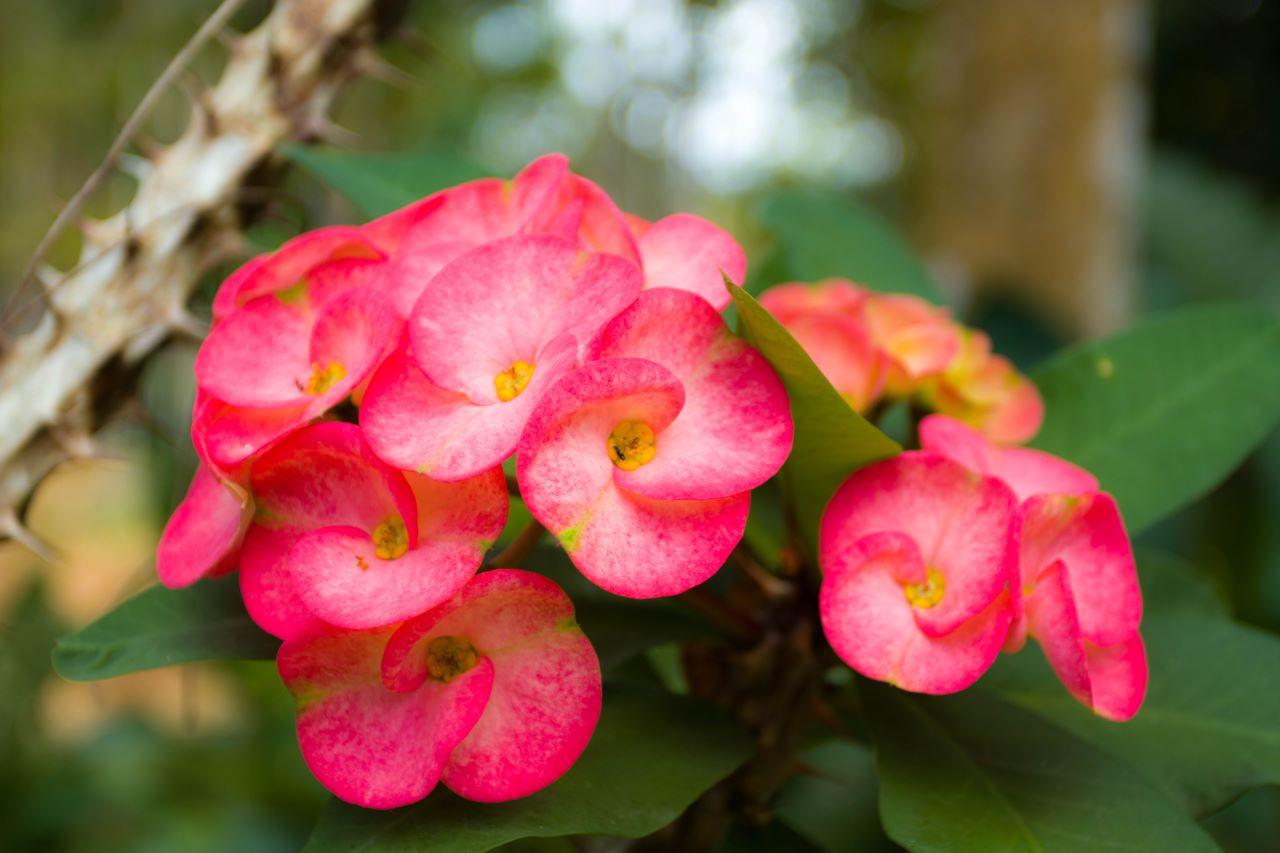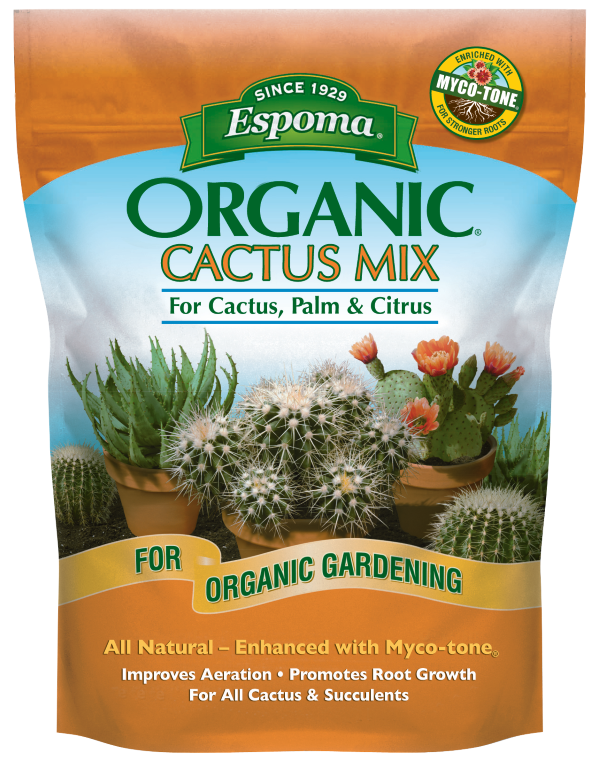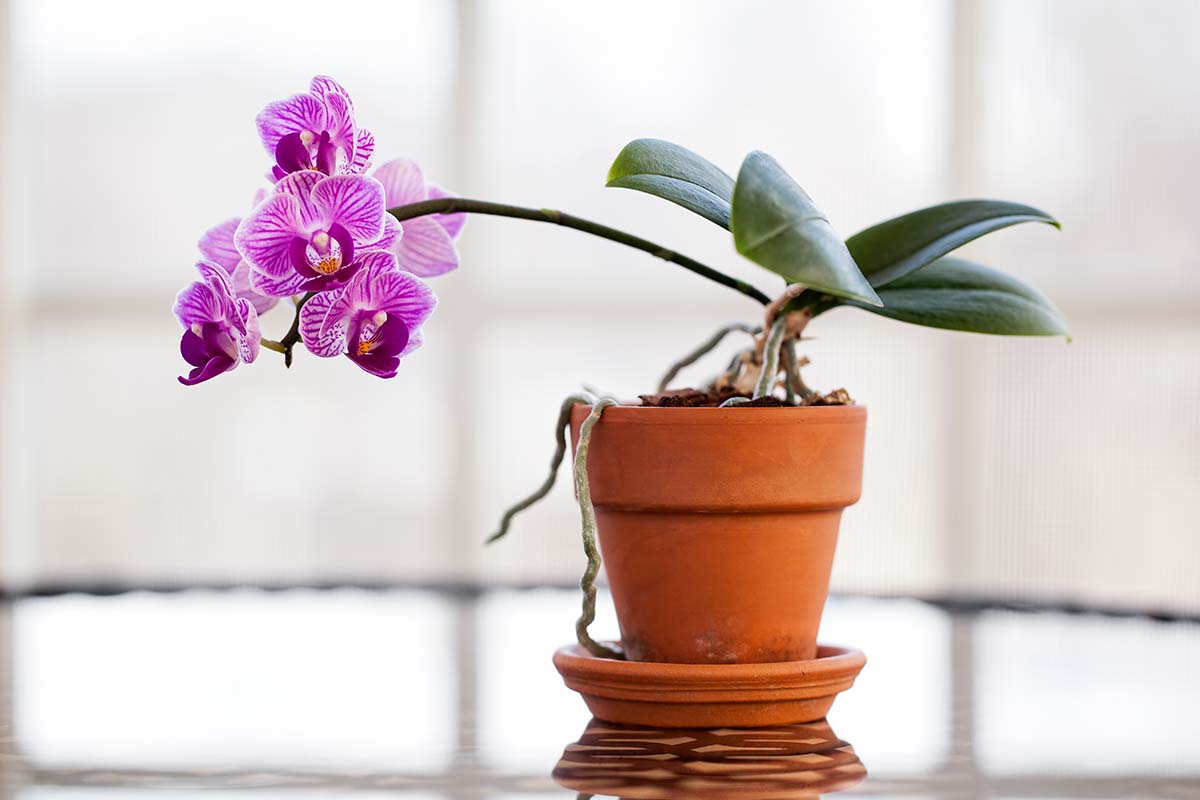Give Succulents Some Light
Succulents make the perfect houseplants. They come in a variety of sizes and styles ranging from leafy to spiky and even fuzzy. They’re pretty low-maintenance, and only need sunlight, water and nutrients from time to time. Somehow, things can still go wrong.
The number one sign your succulent isn’t growing as well as it should? It’s looking stretched. While you might think your succulents are growing, they’re actually stretching out for more light.
Succulents stretch when they aren’t getting enough sunlight, which actually causes the plant to grow faster. First, the plant will bend toward the sunlight it is receiving, and then you’ll notice it continuing to grow taller, leaving more space between the leaves.
If your succulents are stretched, they won’t go back to the way they were before. You can continue to grow them as is, just move them to a spot where they’ll get more indirect light. You can also start propagating to grow new succulents. Unless plants are placed where they will get enough light, the new cuttings will eventually stretch out, too.
4 Tips to Make Sure Succulents are getting the right light
- Succulents love sun. These desert plants thrive in hot climates with plenty of sunlight. A dimly lit apartment or shady part of your home just isn’t going to cut it. Place succulents near windows that let in lots of natural light throughout the day.
- Keep succulents close to windows. They’ll soak up the sun for hours when given indirect light. Don’t lean succulents right up against the window or they may get sunburned.
- Add a grow light. If you can’t count on natural light to keep plants healthy, consider investing in a grow light. This will keep your plants happy and give you the option of moving them to dimmer areas in your home.
- Try out different kinds of succulents. They’re not all alike. Some will thrive in indoor conditions that others might not like.
Next time you notice your succulents leaning or stretching, go ahead and start some new ones and try again with better lighting.
Now that you know how to give succulents the best light, learn how to have success with succulents.

